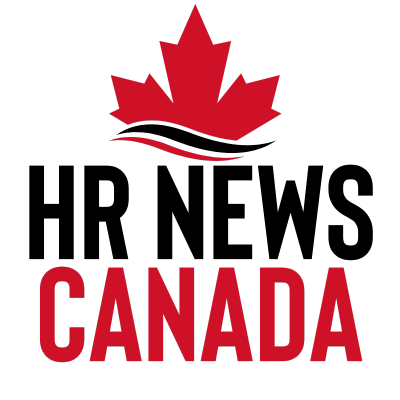Gillette Children’s hospital in St. Paul, Minn., is using workforce intelligence from UKG to better manage employee retention, streamline operations, and enhance patient care, the hospital said in a statement Monday.
The Minnesota-based pediatric specialty hospital, which supports children with complex medical conditions such as cerebral palsy, epilepsy, and spina bifida, has integrated the UKG Pro suite to improve HR decision-making and operational efficiency. The partnership has already cut 40 hours per week in manual data entry, the hospital said.
Real-time data drives HR strategy
Access to detailed, real-time reports on turnover, retention, and other HR metrics has helped Gillette Children’s make more informed staffing decisions, said Michelle Lemahieu, director of HR strategic services.
“With real-time access to information such as retention and turnover, we’re able to make smarter decisions about our staff and staffing levels as well as our finances and payroll,” said Lemahieu. “UKG is remarkably agile and makes everything easier for us.”
Before adopting UKG, the hospital could not report on turnover trends. Now, it produces detailed breakdowns by department that include reasons for leaving, tenure, and demographics. Lemahieu said this has enabled Gillette Children’s to identify and resolve potential workforce issues before they escalate.
Addressing burnout and recruiting challenges
According to UKG research, 77% of healthcare workers report feeling burned out — the highest rate among all industries. Gillette Children’s said that insights from the UKG Pro suite have helped it take proactive steps to mitigate staff fatigue and turnover.
Recruitment has also improved. UKG’s data tools allow HR teams to pinpoint job openings with high time-to-fill rates and adjust strategies to attract talent, particularly among underrepresented demographics. These efforts earned the hospital a UKG Innovation Award in 2024.
“We’re able to pinpoint positions with an unexpectedly long time-to-fill rate and reevaluate how we are bringing in talent,” Lemahieu said.
EMR integration to improve scheduling
Looking ahead, Gillette Children’s plans to integrate UKG’s workforce management system with its electronic medical records (EMR) platform. The goal is to match patient ratios with staffing levels in real time while giving employees the flexibility to select preferred shifts.
This shift autonomy is expected to improve morale by allowing clinical staff to update their schedules at any time.
Industry-wide implications
Nanne Finis, chief nurse executive at UKG, said workforce intelligence is essential in healthcare, where staffing shortages and burnout remain significant concerns.
“Data is power, but how organizations act on that data is what has the biggest impact on their people, culture, and patient wellbeing,” said Finis.
Gillette Children’s implementation of UKG reflects a growing trend among healthcare organizations to invest in analytics-driven workforce solutions aimed at improving both employee experience and patient outcomes.





